"It’s hard to imagine now, but there was a time when handing a student a calculator to work through algebraic equations caused many teachers and parents great consternation. It makes you wonder what type of pushback the creators of the abacus faced! In both cases, while the tools students were using may have been more advanced than previous generations’, the goal remained the same – to enhance classroom learning."
|
|
Scooped by Beth Dichter |
As technology becomes more available through schools many may be asking this question: What comes first, the curriculum or the technology? This article notes that "a great, robust and adaptable academic curriculum" needs to come first, and that technology can be used to (in my words) reinforce, enhance and extend the curriculum.
There suggest that a school consider four questions before bringing in new technology. Two are below.
* Regardless of the technology, what’s the most important lesson for students to learn?
* What will the students do with these tools – during and after class?
The post then discusses "five ways to ensure you’re putting the curriculum before the technology." The short hand version is below. You will find additional information in the post.
* Learn how students are using technology at home
* Don't use technology for the sake of using technology
* Focus on just one tech implementation
* Utilize the SAMR Model
* Actively seek our professional development opportunities
In any school you will have your early adopters and those who will wait as long as possible. Bringing new technology in means you will confront new issues, and at times components will fail, but the class will move forward and overcome those obstacles and technology can help us move to new levels.



 Your new post is loading...
Your new post is loading...


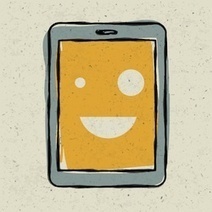

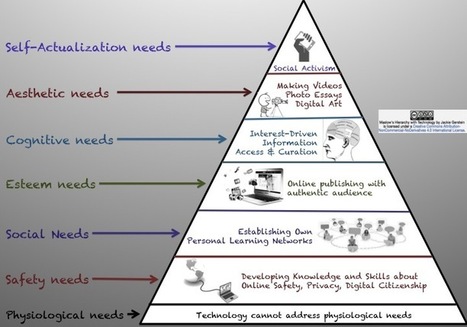



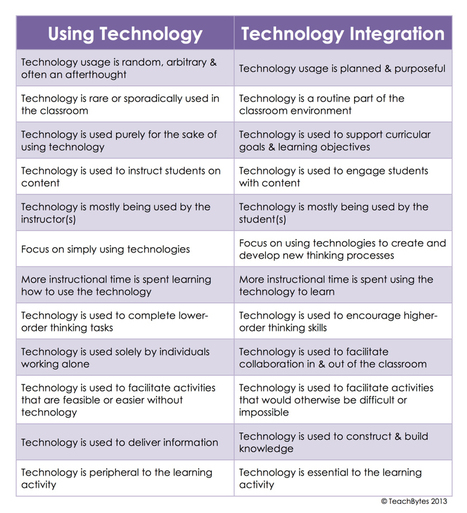


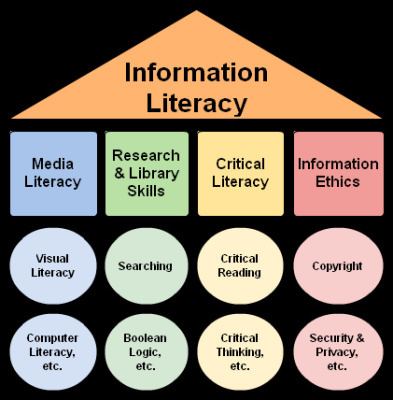


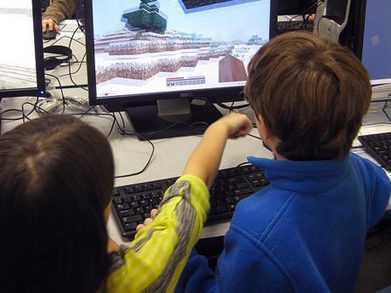

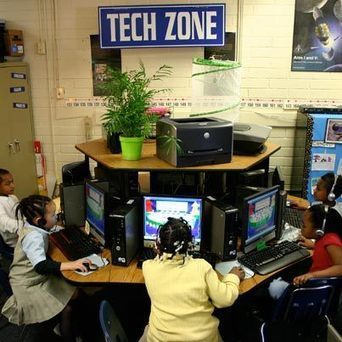

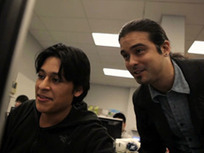





Helpful questions to be asked before buying a new shiny piece of technology.